IL License Number: 104.017181
IL License Number: 104.017181

Choosing the right siding for your home is a crucial decision that impacts not only the aesthetics but also the durability and maintenance of your property. Two popular choices are vinyl siding and fiber cement siding. While both have their advantages, they differ significantly in terms of performance, longevity, and resistance to various environmental factors. Here, we’ll delve into the key differences between vinyl siding and fiber cement siding, with a focus on the renowned James Hardie® fiber cement products.
As you read, keep in mind that both types of product can run into significant issues if not properly sealed and/or installed. Ensuring proper installation is the key to both aesthetic appeal and the longevity of the product.

Mastic is often our vinyl siding of choice, and we share the details of a wonderful recent vinyl installation project in Arlington Heights, IL.
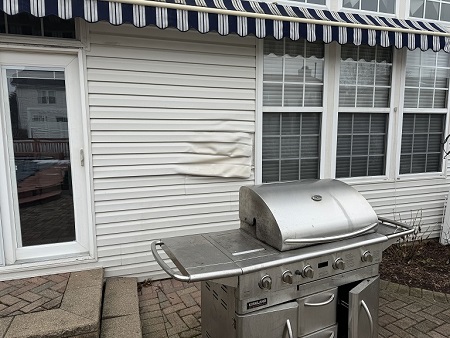
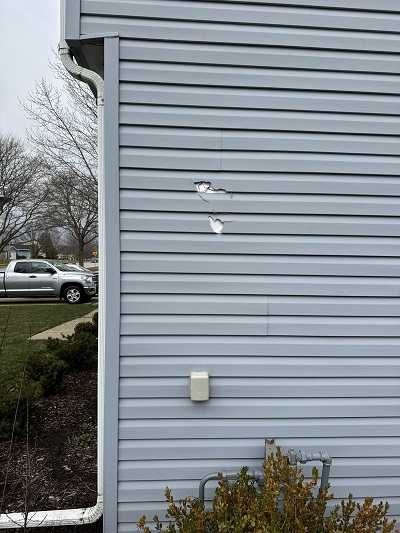
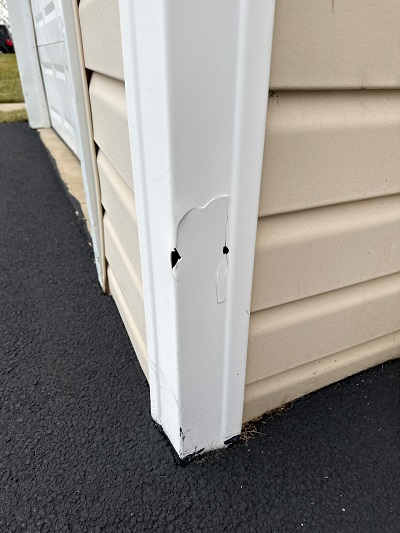
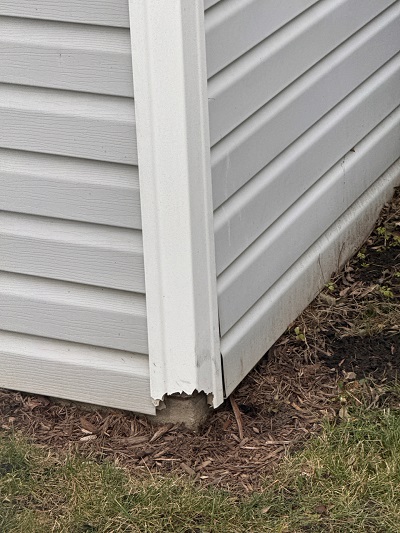
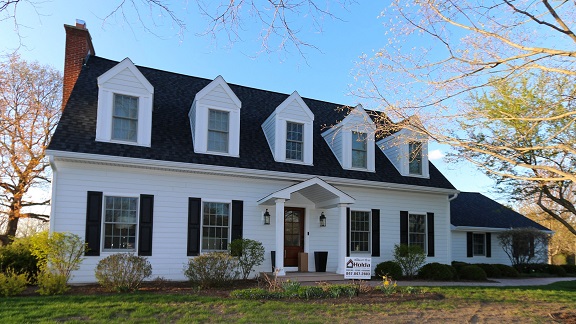
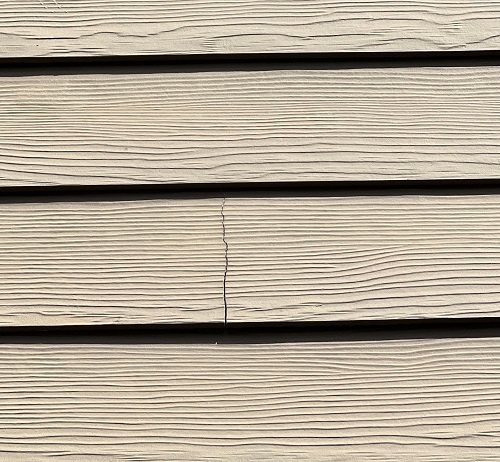

Ultimately, the decision comes down to your priorities and the specific requirements of your home. By weighing the pros and cons of each option, you can make an informed choice that best suits your needs and offers lasting value.
Interested in learning more? Contact us online or call 847.847.2883. We’d be happy to help answer any questions you may have!
With over twenty years in business and hundreds of satisfied customers, we know what it takes to properly maintain a home. Join the family of satisfied homeowners who trust Holda Construction Roofing and Siding for all their roofing and siding needs.
We look forward to working with you!
Address
317 W Colfax St. Suite 102
Palatine, IL 60067